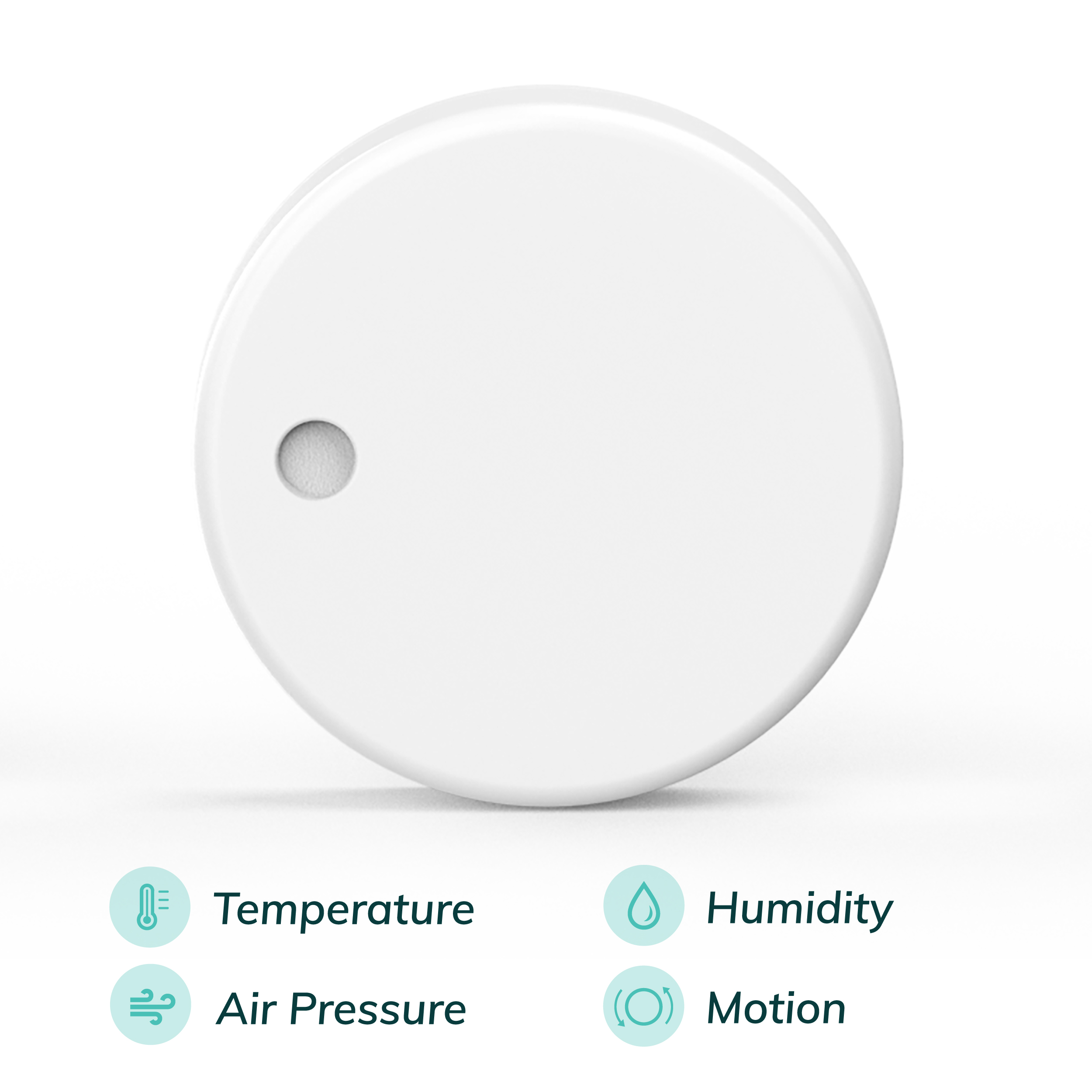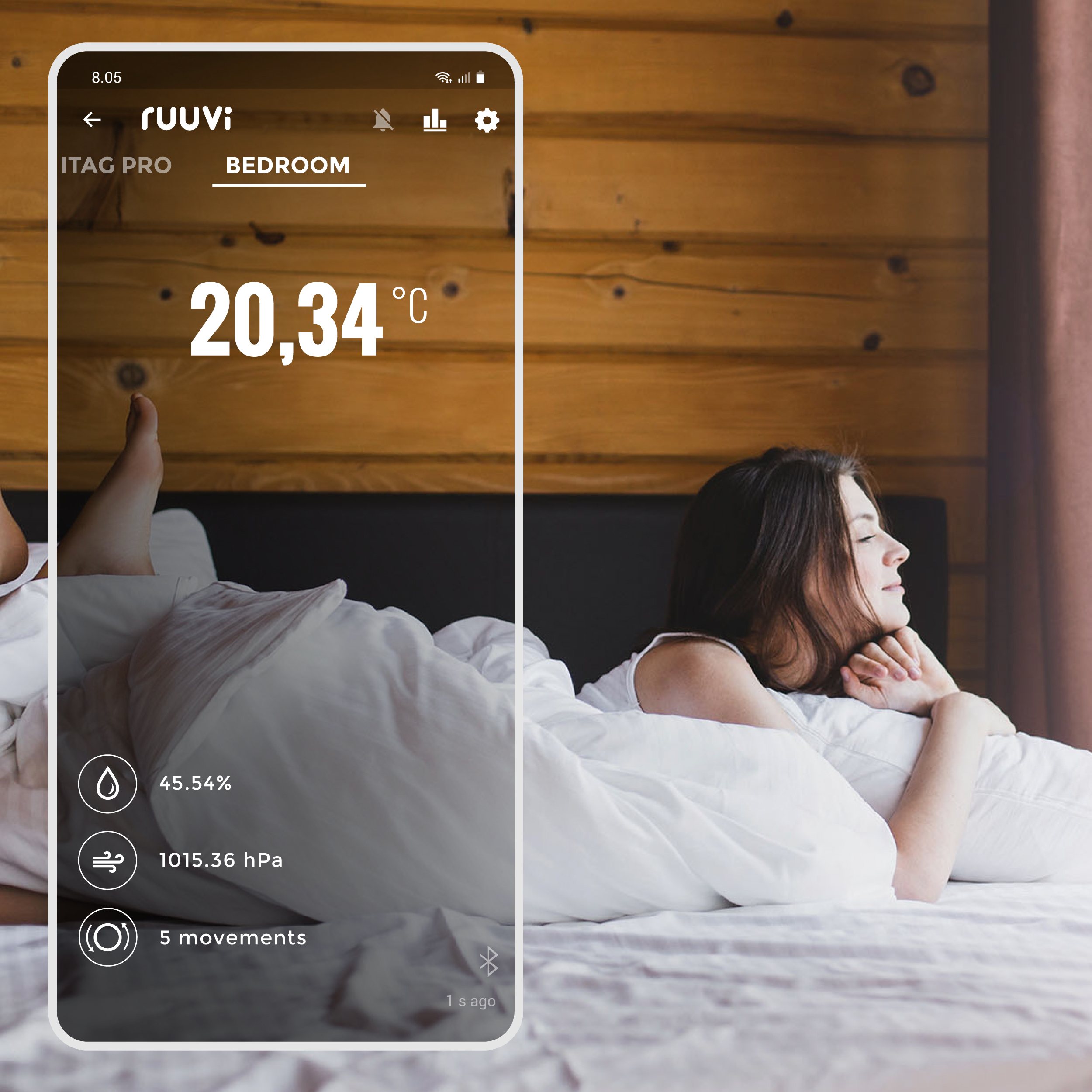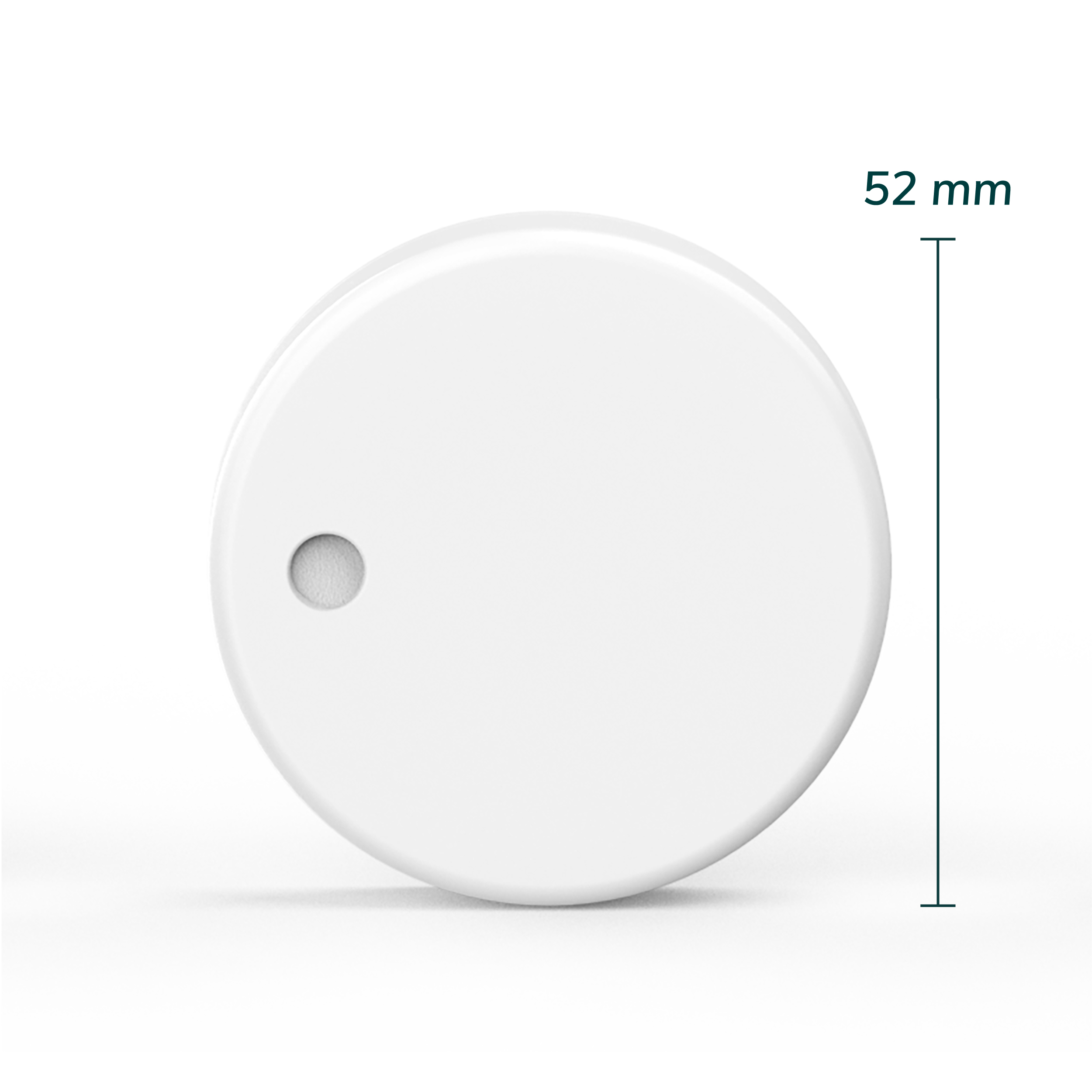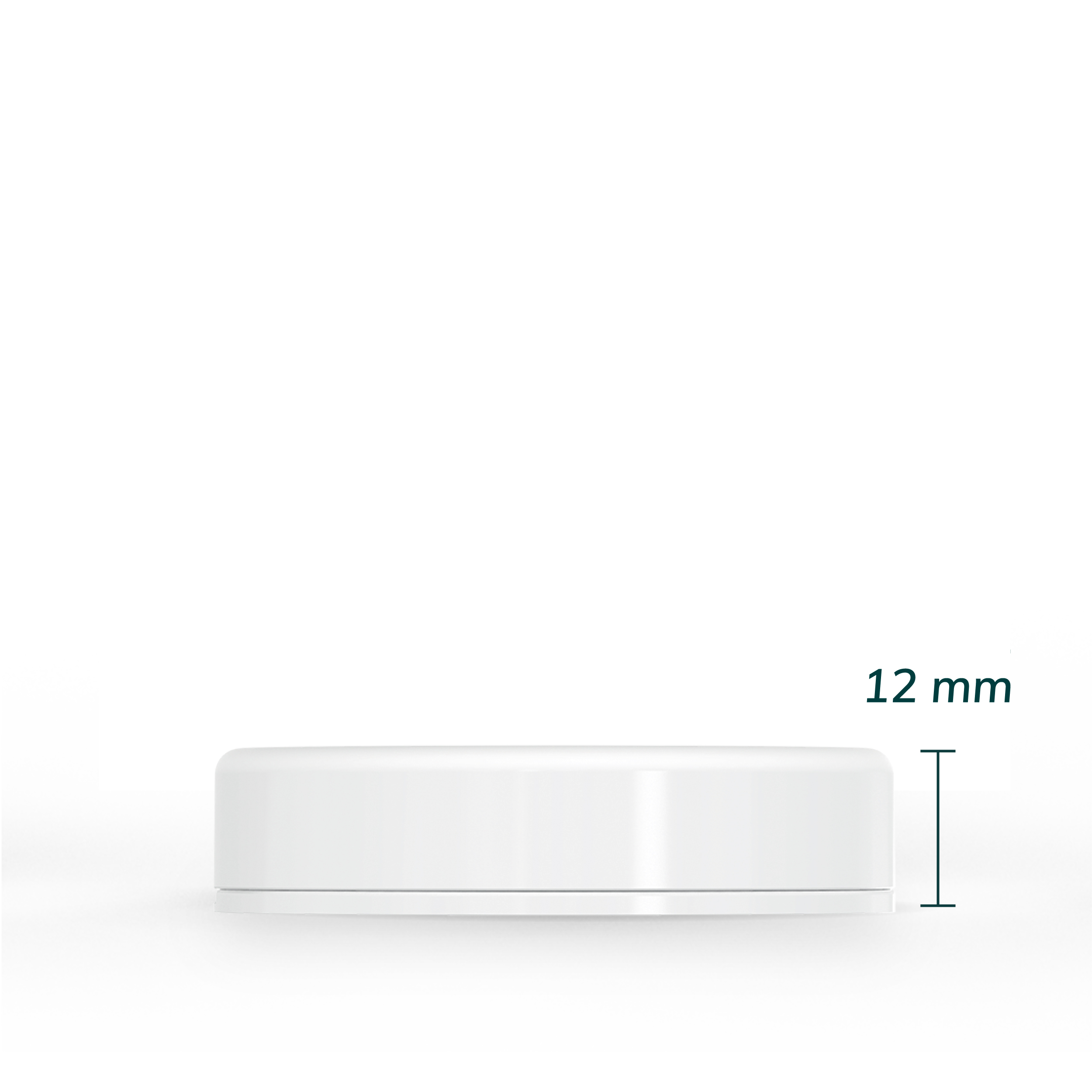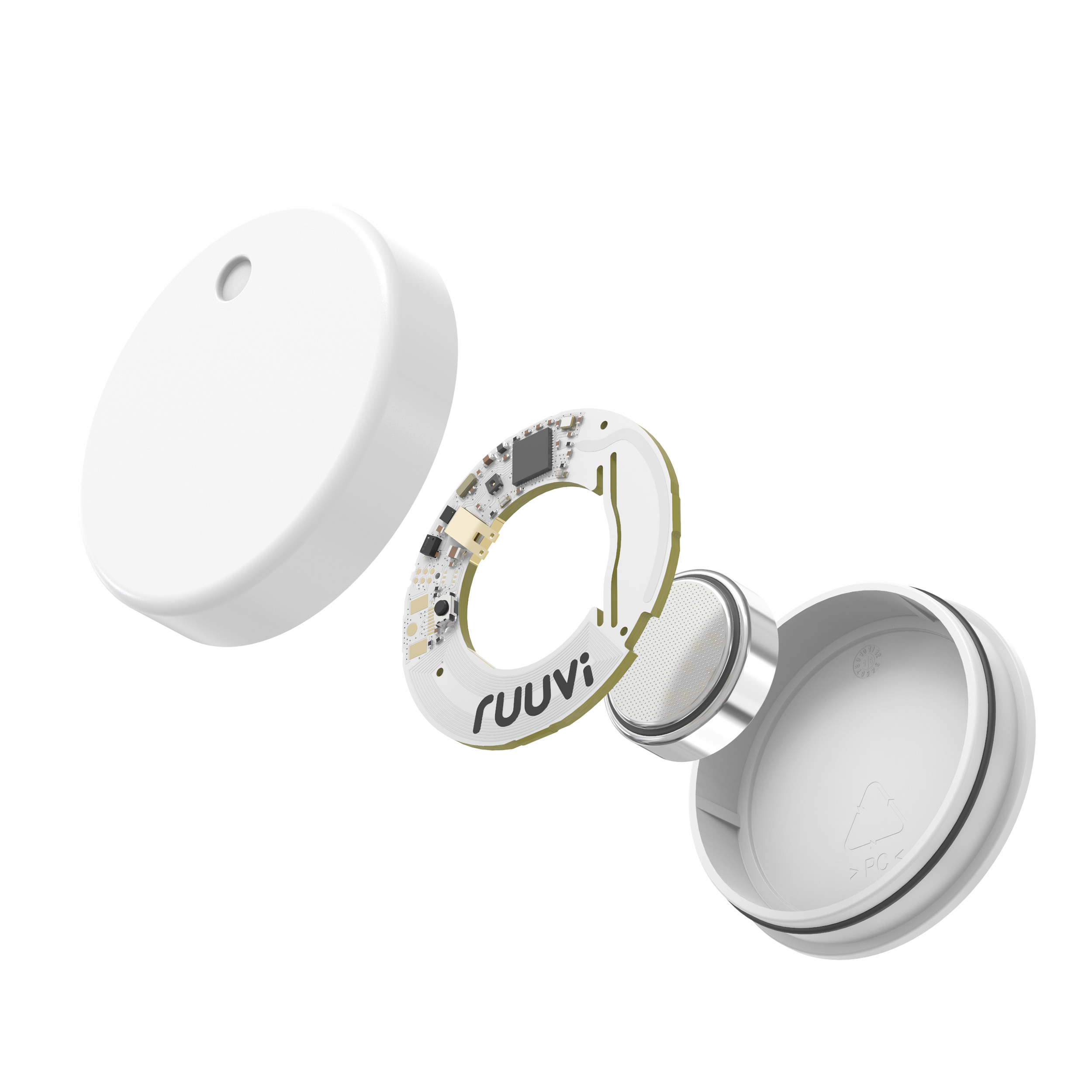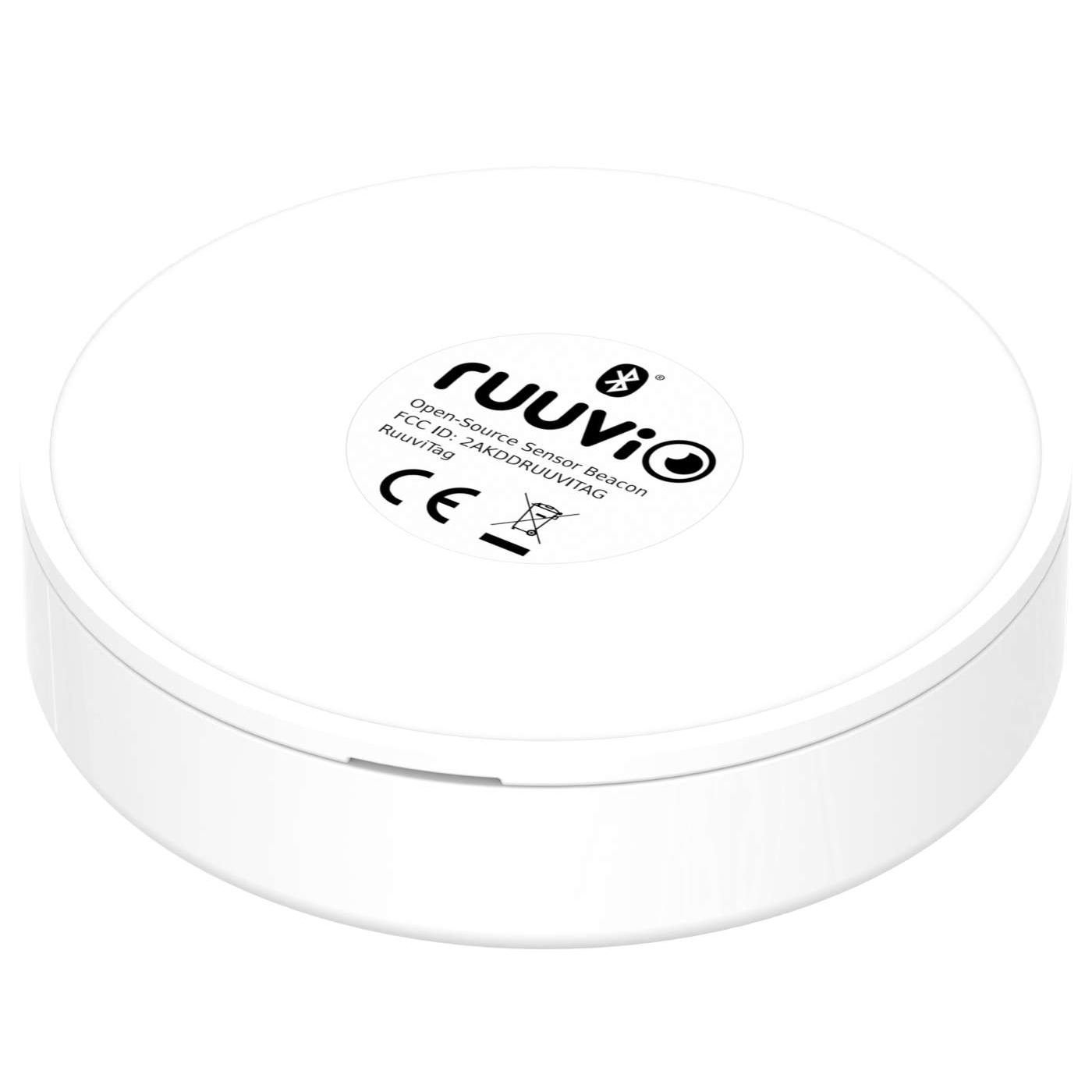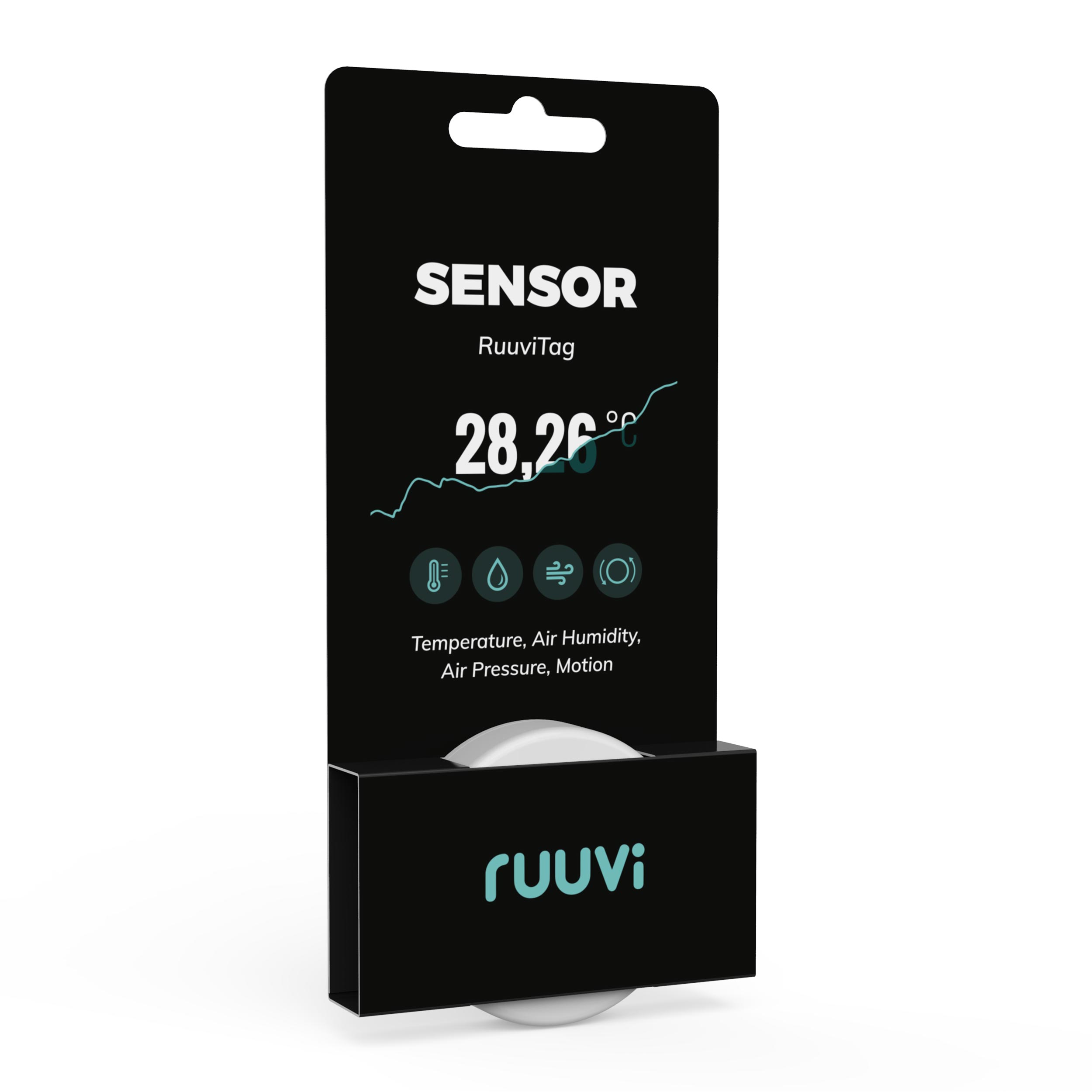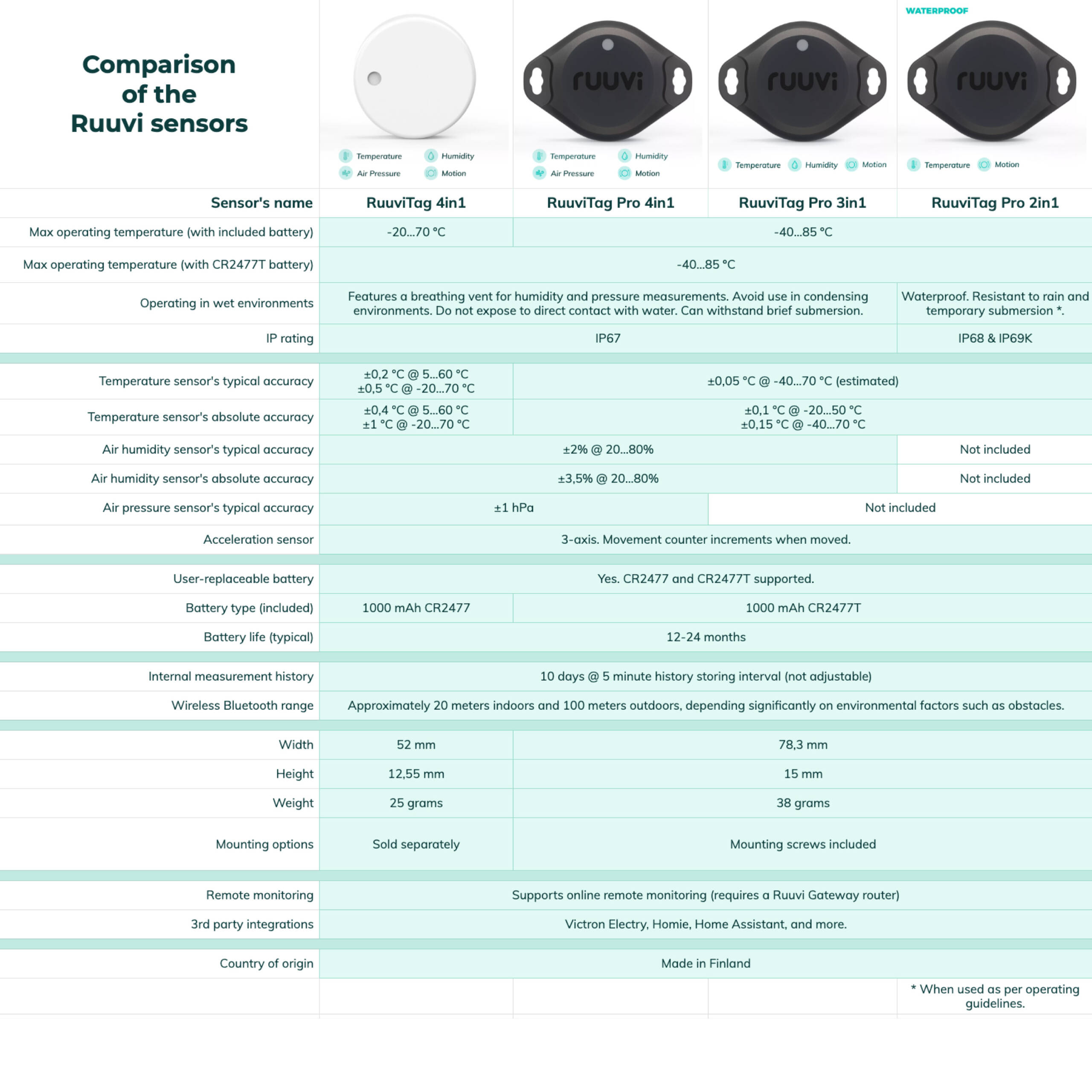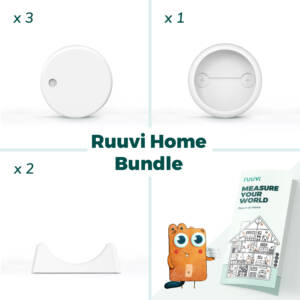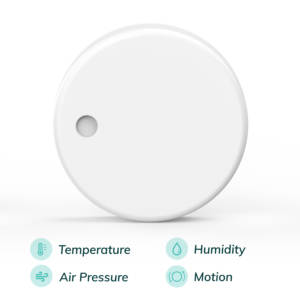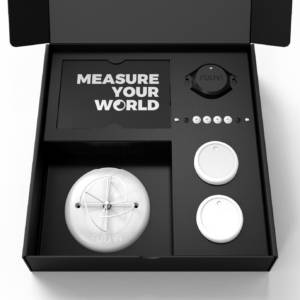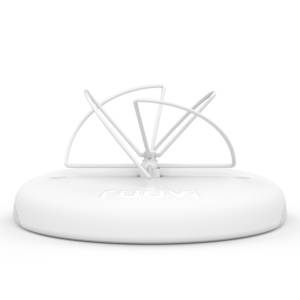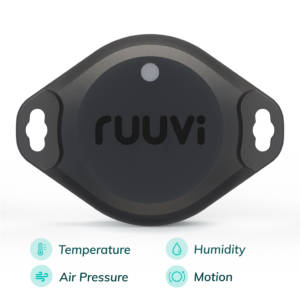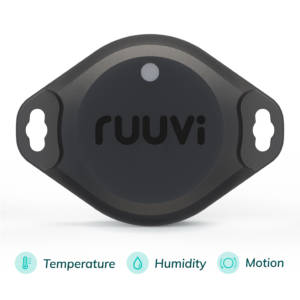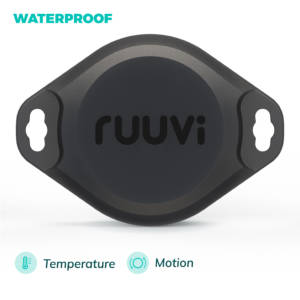Indoor temperature monitoring is an essential aspect of maintaining a comfortable and healthy living environment according to WHO. It is not only crucial for our physical well-being but also has a significant impact on our overall mood and productivity. In this blog post, we will discuss the importance of indoor temperature monitoring, the benefits it offers, and how to choose the best indoor thermometer for your needs.
The importance of indoor temperature monitoring
Maintaining a consistent indoor temperature is crucial for several reasons, including comfort, health, energy efficiency, and productivity. Our bodies are sensitive to temperature fluctuations, and when we experience significant changes, it can disrupt our comfort levels throughout the day. By closely monitoring the indoor temperature, we can create an environment that feels pleasant and supports our well-being.
In addition to personal comfort, indoor temperature monitoring plays a critical role in promoting good health. Extreme temperature fluctuations can lead to various health issues, such as heatstroke or hypothermia, as our bodies struggle to adapt to the changing conditions. Moreover, poorly regulated indoor temperatures can contribute to an increased risk of respiratory illnesses, making it essential to keep a close eye on the temperature to safeguard our health.

Indoor thermometer helps you to optimize room temperature
Energy efficiency is another significant aspect of indoor temperature monitoring. By keeping track of the temperature in different areas of your home or office, you can identify potential energy waste sources. For example, you may discover that some rooms are consistently colder or hotter than others, indicating problems with insulation, drafts, or poorly functioning heating and cooling systems. Addressing these issues can result in substantial energy savings, ultimately reducing your utility bills.
Finally, indoor temperature monitoring can positively impact productivity. Studies have shown that there is an optimal temperature range for concentration and focus, typically between 68°F and 72°F (20°C and 22°C). By maintaining temperatures within this range, individuals are more likely to perform at their best, resulting in increased productivity and efficiency at work or in the home office.
Too high temperatures may result in too dry air indoors. Read more about dry home air.
Types of indoor temperature monitoring systems
When it comes to indoor temperature monitoring systems, there are several options available that cater to different needs and preferences. Understanding the differences between these systems can help you make an informed decision about which one is best suited for your home or office.
Standalone temperature sensors are the simplest form of indoor temperature monitoring. These devices can be placed in various rooms throughout your home or office, providing real-time temperature readings. Standalone sensors are an excellent option for those who want a cost-effective and straightforward solution to monitor temperature.
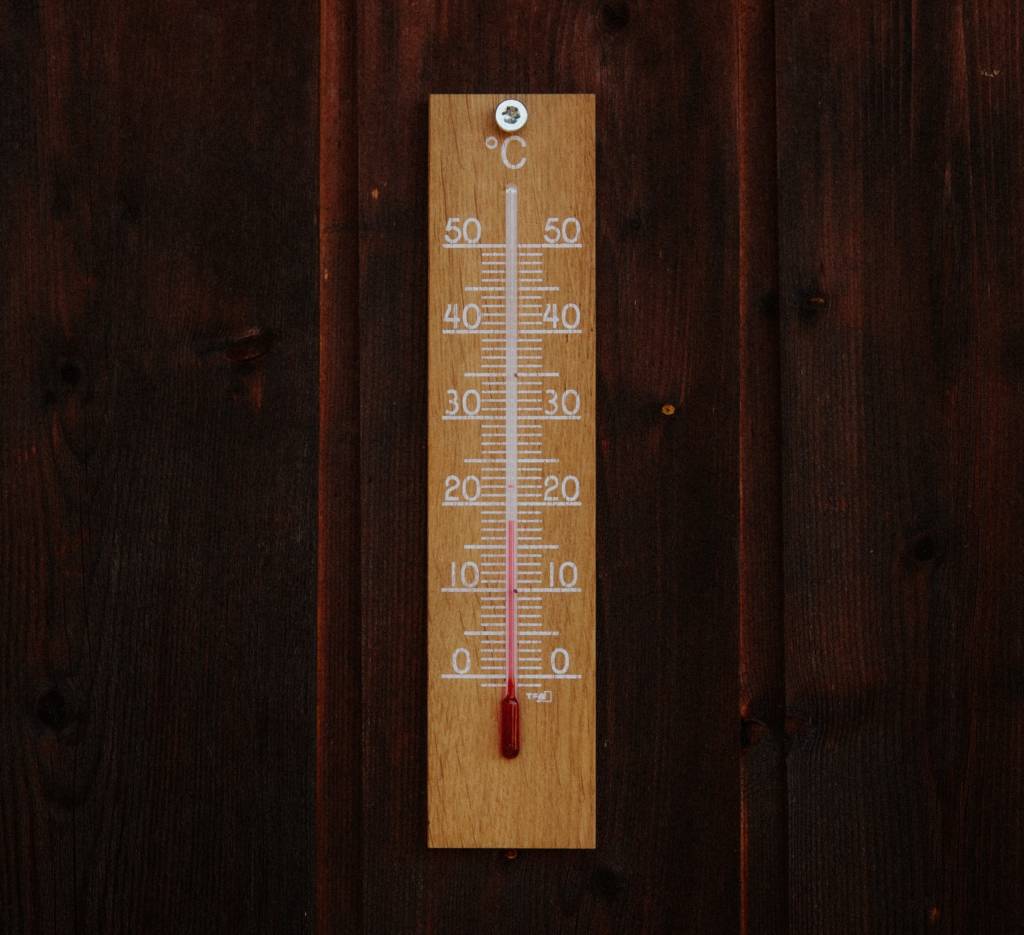
Smart thermostats offer a more sophisticated approach to indoor temperature monitoring. These devices are designed to connect directly to your home’s heating and cooling system, providing you with the ability to monitor and control the temperature from your smartphone or computer. Smart thermostats often come with a range of additional features, such as learning algorithms that adapt to your preferences and usage patterns, making them an ideal choice for those who want a more hands-on approach to temperature control.
Multi-room systems represent the most advanced option for indoor temperature monitoring. These systems are designed to monitor temperature across multiple rooms, allowing you to create customised temperature zones within your home or office. With a multi-room system, you can set different temperatures for different areas of your living or working space, catering to individual preferences and ensuring optimal comfort throughout the entire space. Multi-room systems are perfect for larger homes, offices, or commercial buildings where maintaining a consistent temperature across various spaces is essential.
Ruuvi is a Finnish company making environmental monitoring easy for everyone
Ruuvi offers an indoor temperature monitoring system that features the versatile RuuviTag, which can be effortlessly placed in various locations, such as your home or greenhouse. The RuuviTag gathers temperature and environmental data and transmits this information either directly to your mobile phone via Bluetooth or to the Ruuvi Cloud using the Ruuvi Gateway. This comprehensive solution provides an accessible and efficient way to monitor indoor conditions, ensuring optimal comfort and environmental control.
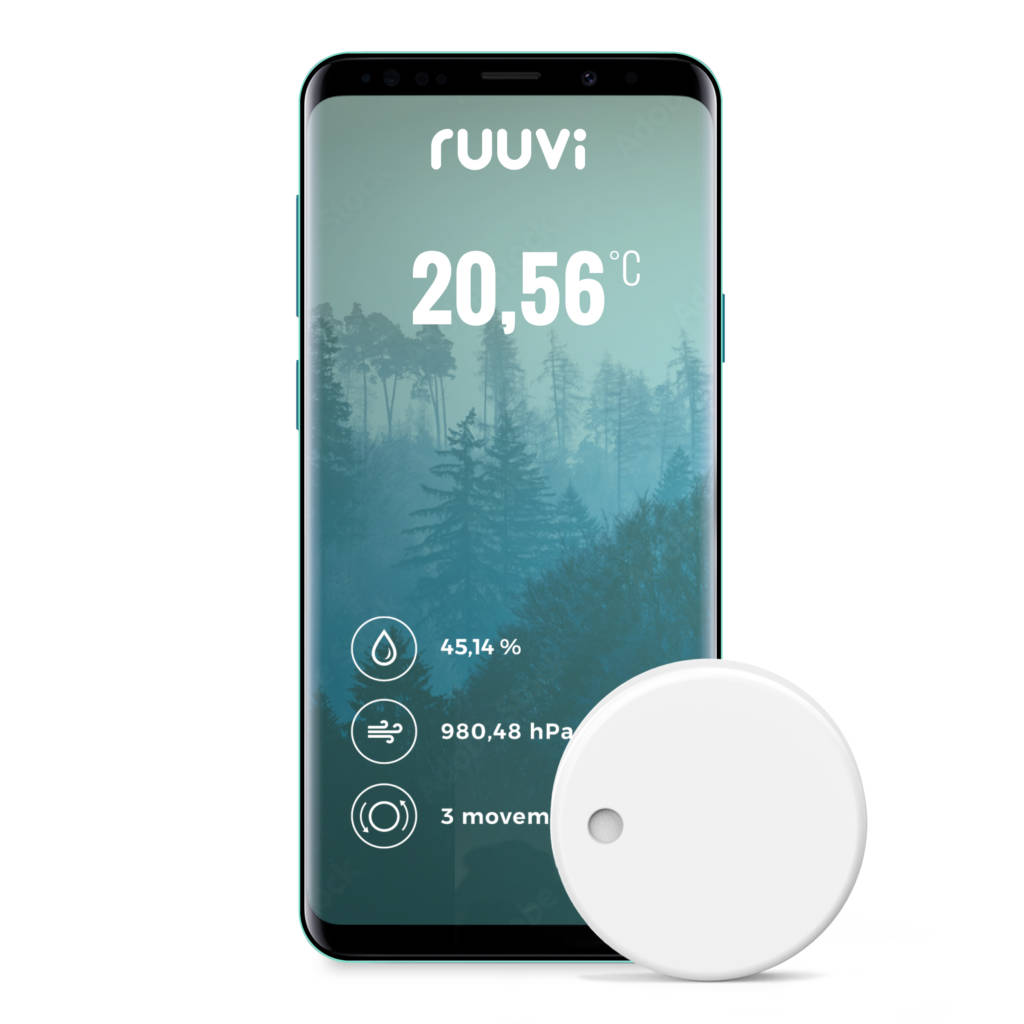
Key features to look for in an indoor temperature monitoring system
When selecting an indoor temperature monitoring system, there are several key features you should consider to ensure you choose the right system for your needs. These features can make a significant difference in the system’s overall performance and your satisfaction with its functionality.
The main features of an indoor thermometer
Accuracy is paramount when it comes to indoor temperature monitoring. Ensure the system you select has a high level of accuracy, providing reliable and precise temperature readings. This will enable you to make informed decisions about adjusting your heating and cooling systems to maintain a comfortable and healthy environment.
Connectivity is another crucial aspect to consider. Opt for a system with Wi-Fi or Bluetooth connectivity to easily integrate it with smart devices, such as smartphones or tablets. This will allow you to monitor and control the temperature remotely, offering increased convenience and flexibility.
A user-friendly interface is essential when selecting an indoor temperature monitoring system. Choose a system that is easy to navigate and understand, allowing you to access essential information and make adjustments without frustration. A well-designed interface will make it much more enjoyable and efficient to use the system.
Customizable alerts are a valuable feature that allows you to set custom temperature alerts, notifying you when temperatures reach unsafe or undesirable levels. This can be particularly helpful for protecting your family, pets, and belongings from potential temperature-related risks.
Battery life is an essential feature to consider when choosing an indoor temperature monitoring system, as it significantly impacts the system’s overall performance, convenience, and maintenance requirements.
Lastly, consider energy efficiency features when choosing a system. Some indoor temperature monitoring systems offer features like learning algorithms and usage reports, which can help you save energy and money in the long run. These features can help you identify patterns and areas where adjustments can be made to optimise energy consumption, making your home or office more environmentally friendly and cost-effective.
Why Ruuvi is such a great indoor thermometer?
Ruuvi provides versatile and user-friendly solutions for indoor temperature monitoring. Their devices, such as RuuviTag, offers high accuracy and seamless connectivity with your smartphone via Bluetooth. By connecting your RuuviTag to the Ruuvi Cloud using the Ruuvi Gateway, you can access your data anytime, anywhere.
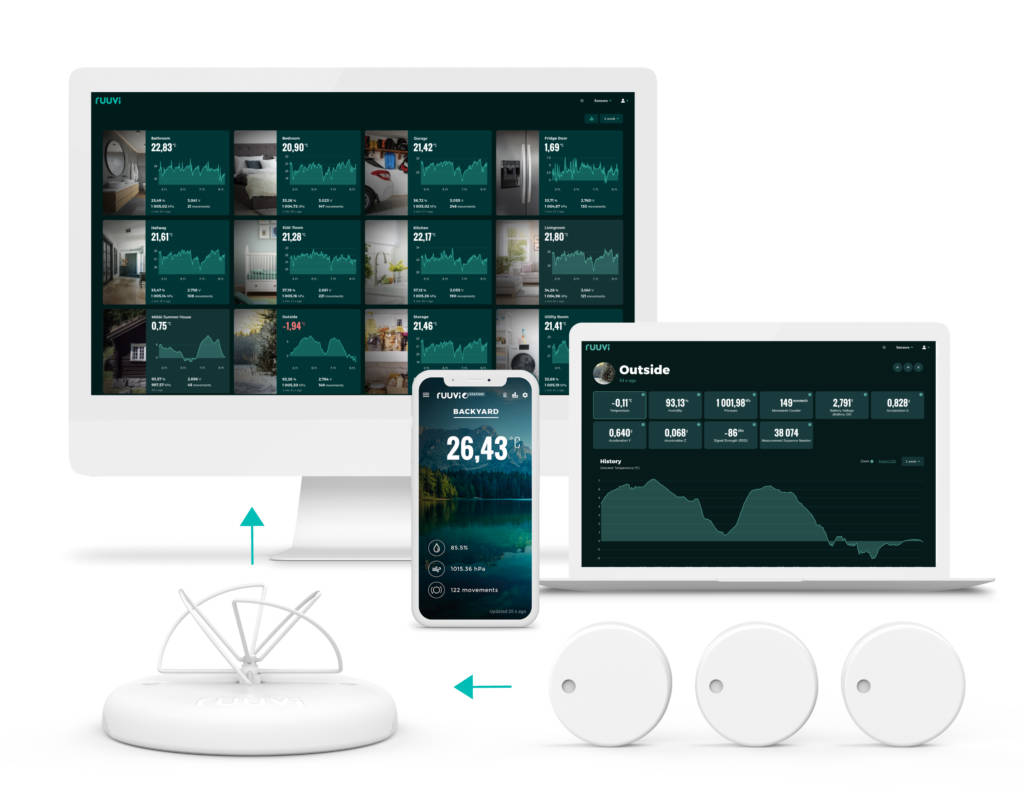
The Ruuvi Station mobile app and Ruuvi Cloud offer intuitive reports, custom alerts, and an array of helpful features designed to make monitoring temperature and humidity indoors a breeze. With Ruuvi’s innovative solutions, you can effortlessly keep track of your indoor environment and ensure optimal comfort and efficiency.
RuuviTag and Ruuvi Gateway – the best wifi thermometer with an app
Ruuvi Gateway is a versatile and powerful solution for collecting and forwarding data from RuuviTag sensors. It is a gateway device that allows you to receive sensor data wirelessly from multiple RuuviTags and forward it to a cloud service or a local server for further processing. With its simple setup and user-friendly interface, Ruuvi Gateway is an excellent choice for those who want to monitor and analyze sensor data in real-time.

The combination of RuuviTag and Ruuvi Gateway is a powerful solution for wireless data monitoring and analysis and works as a wifi thermometer with an app. RuuviTag is a versatile wireless sensor capable of measuring temperature, humidity, air pressure, and acceleration, while Ruuvi Gateway acts as a bridge between RuuviTag sensors and the internet.
By using RuuviTag sensors with Ruuvi Gateway, users can easily collect data from multiple sensors and transmit it to the cloud for further analysis. This combination is ideal for a wide range of applications, from monitoring indoor air in buildings to measuring weather conditions in remote locations.
In addition to data collection and transmission, the Ruuvi Gateway enables the user access to Ruuvi Web UI which provides local data processing and visualization. It can display real-time data and historical trends in a web-based dashboard, making it easy for users to monitor sensor data and quickly identify any issues or anomalies. Ruuvi Gateway also sends measurement data to the Ruuvi app.
Overall, the combination of RuuviTag and Ruuvi Gateway is a powerful solution if you are looking for a wifi thermometer with an app. This combo enables wireless data monitoring and analysis, providing users with the ability to collect and analyze data from multiple sensors in real-time, and make informed decisions based on the insights gained.
Best place to put an indoor thermometer
To optimise your indoor temperature monitoring system’s performance and maintain a comfortable, energy-efficient environment, it’s essential to pay attention to sensor placement and other installation-related factors.
Temperature sensors should not be placed in areas exposed to direct sunlight, as this can result in artificially high readings. Instead, choose a shaded location where the sensor can accurately measure the ambient temperature.
Place sensors in the rooms where you spend the most time, such as living rooms, bedrooms, and home offices. By prioritising these areas, you can ensure that the temperature is maintained at a comfortable level where it matters most. Keep sensors away from appliances and electronics that generate heat, such as TVs, ovens, or radiators, as these can cause inaccurate temperature readings.
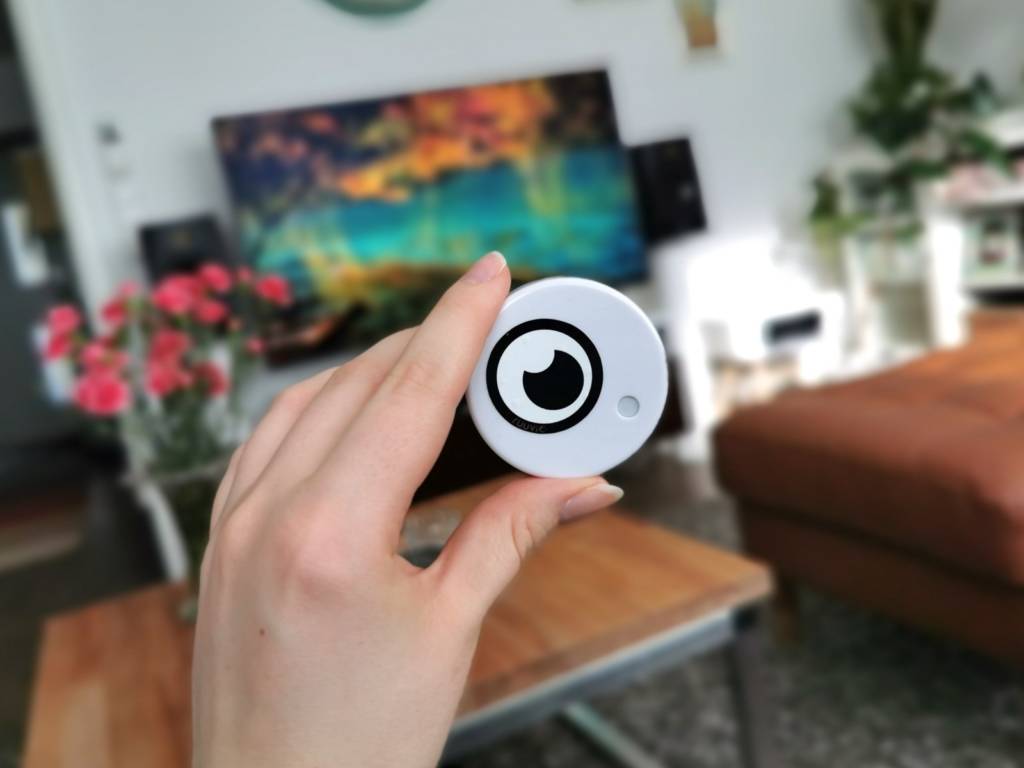
Ideally, you should install a temperature sensor at a height of approximately 5 feet (1.5 meters) above the floor. This height provides the most accurate representation of the temperature experienced by people in the room. Ensure to place the temperature sensor in an area with good air circulation to accurately measure the room’s ambient temperature.
Avoid placing sensors in corners, behind furniture, or in enclosed spaces where air circulation may be limited. Periodically check the sensors to ensure they are clean and functioning correctly. Dust, dirt, or other debris can affect their accuracy, so it’s essential to keep them well-maintained.
Carefully read and follow the manufacturer’s instructions for installing your temperature monitoring system. These guidelines will provide specific recommendations for optimal performance.
Conclusions
In conclusion, indoor temperature monitoring is crucial for maintaining a comfortable, healthy, and productive living environment. It offers several benefits, including personal comfort, good health, energy efficiency, and increased productivity.
Different types of indoor temperature monitoring systems are available, such as standalone temperature sensors, smart thermostats, and multi-room systems, each catering to different needs and preferences. When choosing a system, it is essential to consider accuracy, connectivity, user-friendliness, customizable alerts, battery life, and energy efficiency features to ensure optimal performance and satisfaction.
Need an indoor temperature monitoring solution?
Purchase RuuviTag 4in1 sensor now
39,90€
Ruuvi is based in Finland. If you’re an EU consumer, VAT is included. If you’re a non-EU customer, you don't pay VAT. If you're an EU business, insert your VAT ID at checkout.
In stock
RuuviTag Sensor (4in1)
| Quantity | Unit Price(€) |
|---|---|
| 1 | 39,90 |
| 2 | 37,40 |
| 3-5 | 36,90 |
| 6-8 | 35,90 |
| 9-12 | 34,90 |
| 13-25 | 33,90 |
| 26-99 | 32,90 |
Are you looking for bigger quantities? Contact us for pricing.
Best Indoor Thermometer FAQ
The 5 Main Features of an Indoor Thermometer are:
- Accuracy: An indoor temperature sensor should be highly accurate and provide precise temperature readings in various indoor environments.
- Easy Installation: The sensor should be easy to install and set up, and should not require specialized tools or technical knowledge.
- Connectivity: The sensor should be compatible with a wide range of systems and devices such as smart home systems, HVAC systems, and other IoT devices.
- Data Logging: The sensor should be able to log temperature data over time, allowing users to track temperature changes and trends.
- User-friendly Interface: The sensor should have a user-friendly interface that allows users to access temperature data easily, and should be customisable to meet individual preferences.
Where should I install my indoor thermometer?
When installing an indoor thermometer, there are a few key factors to consider. First, it’s important to choose a location that is representative of the temperature in the room. This means avoiding areas that are directly influenced by external factors such as sunlight, drafts, or heat sources. A good location for an indoor thermometer is in the center of the room, away from windows, doors, and vents. Consider the placement of the thermometer in relation to other factors that may affect temperature, such as air conditioning or heating vents. Avoid placing the thermometer too close to these sources, as it may affect the accuracy of the readings.
How does a wireless RuuviTag indoor thermometer works?
The RuuviTag is a small wireless temperature sensor that uses Bluetooth Low Energy (BLE) technology to communicate with other devices. Here’s how it works:
- Temperature sensing: The RuuviTag uses a built-in temperature sensor to measure the ambient temperature.
- Data transmission: Once the temperature is measured, the RuuviTag uses BLE technology to transmit the data to other devices such as smartphones, tablets, or other gateways.
- Power source: The RuuviTag is powered by a coin cell battery (CR2477), which allows it to operate for up to several years.
- Configuration: The RuuviTag doesn’t need any configuration and it’s ready to be used less than in a minute.
- Data logging: The RuuviTag has an internal memory to log temperature data, which can be useful for tracking temperature changes over time. Interval is 5 minutes and it logs up to 10 days history.
- Compatibility: The RuuviTag is compatible with a wide range of platforms, including iOS, Android, and Linux. This makes it easy to integrate with other devices and software platforms.
Overall, the RuuviTag is a versatile and easy-to-use temperature sensor that can be used for a variety of applications, including home automation, environmental monitoring, and industrial measurements.
